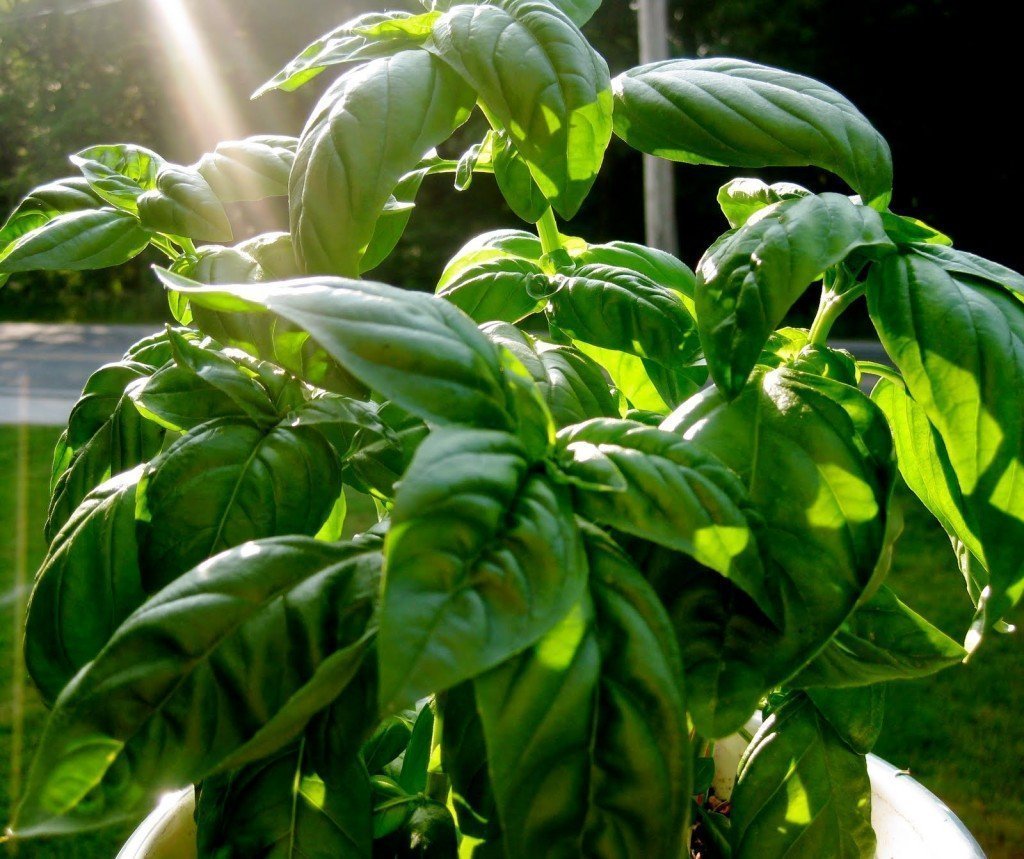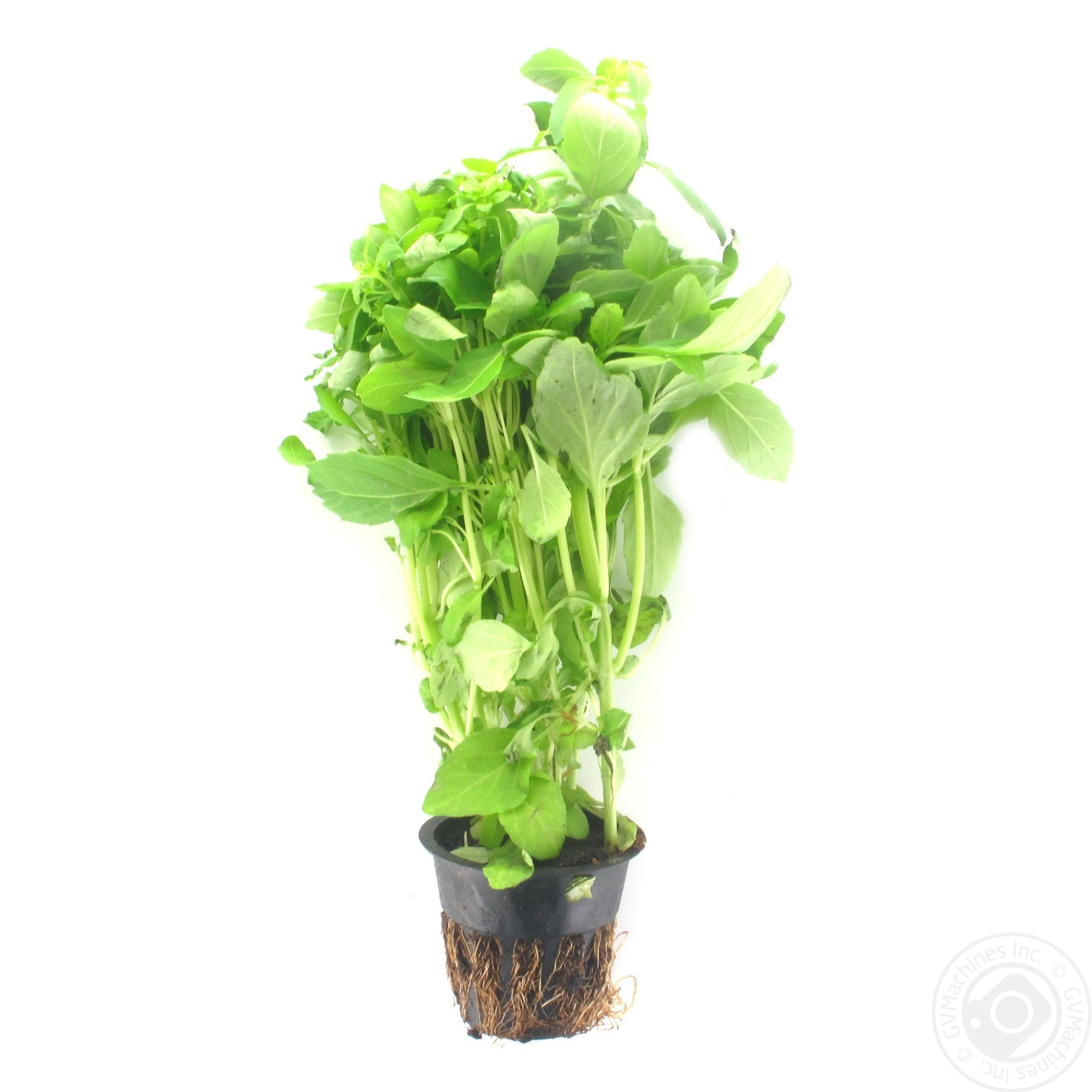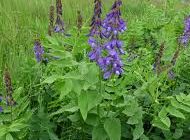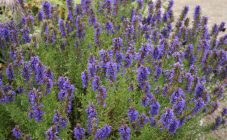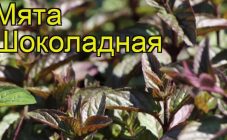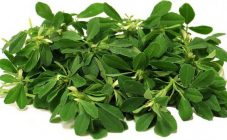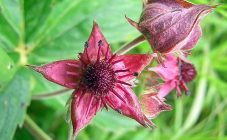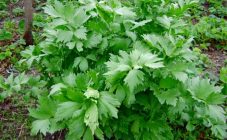Content:
Raykhon (Basil in Russian) is one of the most common herbs grown as a herb. The culture is widespread throughout the world. For its successful cultivation, you need to know exactly all aspects of growing technology, be able to select the required variety, and have the skills to protect plants from pests and diseases.
Regan grass - what is it
Regan herb is better known in Russia under the name of fragrant basil. This culture is also called:
- rayhon grass;
- Reyhan grass;
- reagan grass;
- rigan grass.
This plant species is herbaceous annuals belonging to the Lamb family. The stems of the plant are erect, tetrahedral, branching strongly, forming a sufficient amount of foliage. Their height reaches 70 cm. Leaves are green or purple, attached to the stem on short petioles. They are ovoid, elongated, with sparse denticles along the edges. The foliage, stem and calyx are densely covered with fine hairs.
Two-lipped flowers most often have a pale pinkish or white color, in some cases purple. They grow from the axils of the apical foliage or bracts, which are located in irregular whorls. The fruit contains 4 small dark brown nuts. As they ripen, they are separated from each other. The weight of 1000 achenes varies from 0.5 to 0.8 g. The seeds retain their sowing properties for 4-5 years. Branching roots, superficial.
Weed is native to Africa. Wild plantings of the plant are located, in addition to this continent, in Central and South Asia, as well as in other Asian countries (India, Iran, China, the countries of the Caucasus), in the tropical territory of the United States and some regions of Russia.
Sweet basil varieties
There are about 150 varieties of regan herb. Among plants with green leaves, the following varieties are most common:
- Basilisk is an ornamental variety that does not grow taller than 20 cm. The flowers are small, white, dense. Possesses a powerful spicy aroma, thanks to which it has become widespread in cooking. Cutting is carried out 2 months after the emergence of seedlings.
- Greek - spherical bush 15 cm high. Possesses high decorative and taste qualities. The foliage is ready for cutting 2.5 months after germination.
- Gourmet is a plant up to a quarter of a meter high with large, wide foliage. It has a good taste and pleasant scent. Reagan greens are cut 50 days after germination.
- The Thai queen is an ornamental variety with large oblong leaves. It blooms with beautiful lilac-dark flowers. The foliage is eaten throughout the growing season.
- Minx is a plant that has small leaves with a pleasant aroma and taste. Used as a condiment.
The main varieties of common basil with purple foliage:
- Thai is a small plant that grows in the form of a dense bush. It is widely used in cooking as a seasoning.
- Opal is a variety that has bright purple-purple leaves. The flowers are crimson, they must be cut off in a timely manner so as not to interfere with the growth of leaves. The foliage has a pleasant peppery aroma. From 1 m² collect up to 2 kg of leaves.
- Ararat is a branching plant with lilac flowers. The smell is pleasant and powerful. Can be grown in flower pots.Cutting is carried out after 2-2.5 months from the moment of germination.
Useful properties of the plant
Fragrant basil is widely used in folk medicine. On its basis, an infusion is prepared, which is consumed orally for the following diseases:
- gastritis;
- pyelitis;
- neuroses;
- bronchial asthma;
- flatulence;
- low blood pressure;
- cold;
- poor excretion of breast milk in women at the feeding stage;
- colitis;
- whooping cough (fights coughing);
- headache;
- hepatic and intestinal colic;
- poor appetite;
- inflammation of the bladder and kidneys;
- runny nose;
- fever.
The same infusion is also used externally for rinsing with stomatitis and sore throat. A decoction of basil relieves pain and therefore is used in the following cases:
- toothache;
- angina;
- stomatitis;
- diseases of the tongue.
After eating the greenery of the district in too much, irritation of the internal organs is observed. It is prohibited to take it for medicinal purposes in the following cases:
- ischemic heart disease;
- diabetes;
- hypertension;
- myocardial infarction;
- thrombophlebitis.
The plant has high culinary properties. In the countries of Central Asia and the Caucasus, regan is one of the main spices. Foliage and seeds are added to:
- meat dishes;
- minced meat;
- beverages;
- pates;
- salads;
- soups.
The plant is widely used in the canning industry for flavoring tomato juice and marinade, as well as in meat production. As a spice, basil is successfully combined with other plants:
- parsley;
- mint;
- marjoram;
- coriander;
- tarragon.
Basil pests and diseases
Most diseases of the culture in question are provoked by infectious fungi. The reason for their appearance is most often the non-observance of the requirements of agricultural technology of common basil. To combat these diseases, the appropriate fungicides are used. Especially badly affected plants will have to be dug up and destroyed.
The culture in question is most often affected by diseases such as:
- blackleg;
- fusarium;
- gray rot.
To reduce the risk of disease on the basil plantations, you need to follow these guidelines:
- do not thicken the crops, observe the generally accepted seeding rate;
- irrigate plants in a timely manner without flooding them;
- remove weeds regularly;
- observe crop rotation and do not cultivate plants in one area for more than 3 years;
- dust the plot with wood ash weekly;
- from time to time to loosen the soil on the plot.
The plant is relatively resistant to most of the main harmful insects. In some cases, plantings can be affected by aphids or meadow bugs. You can destroy them with insecticides.
Harvesting and storage of crops
It is customary to harvest the crop in dry weather, when the plants begin to bloom en masse. They are cut along the leafing line. The green mass obtained after mowing is dried in the shade. After the first cut of the plant, the basil grows back in a short time, which allows one more cut before the autumn frosts begin. In this regard, after the first mowing, it is recommended to make additional fertilizing, as well as to loosen the soil in the aisles.
Plant raw materials are stored in a dry, ventilated room.
The cultivation of basil is not difficult and is not much different from the cultivation of similar crops. A minimum of time and labor will allow you to get high-quality and high-yielding plantings of this culture.
